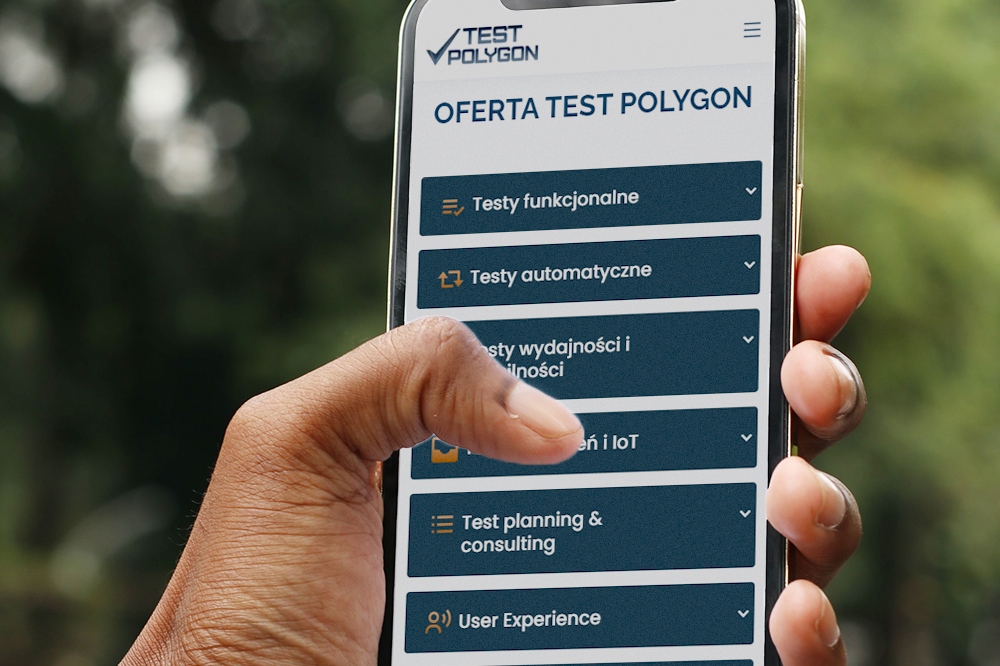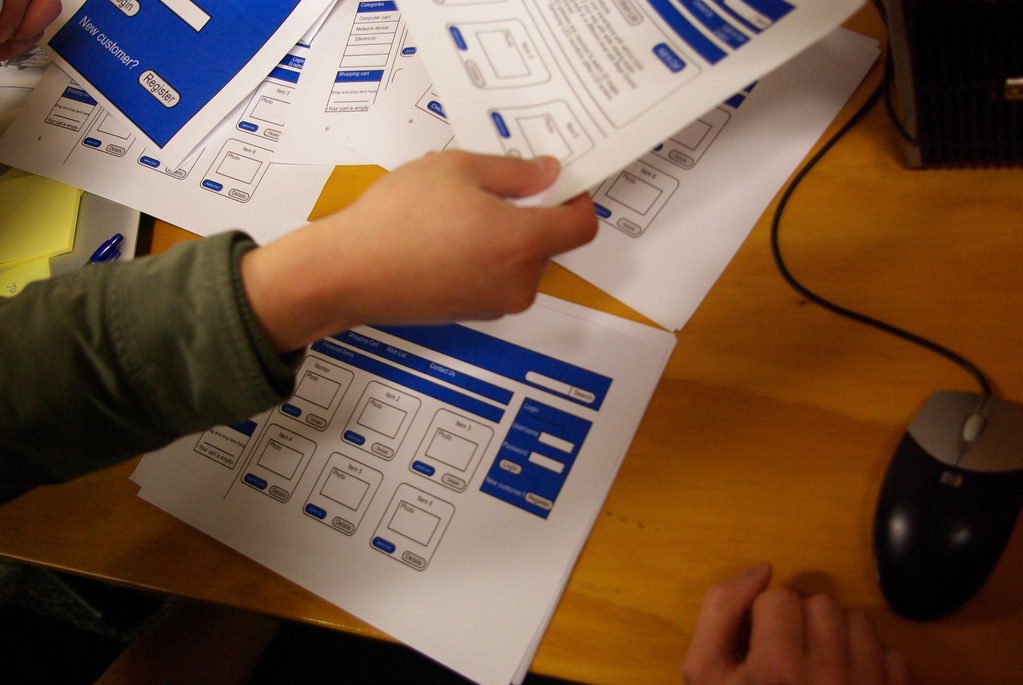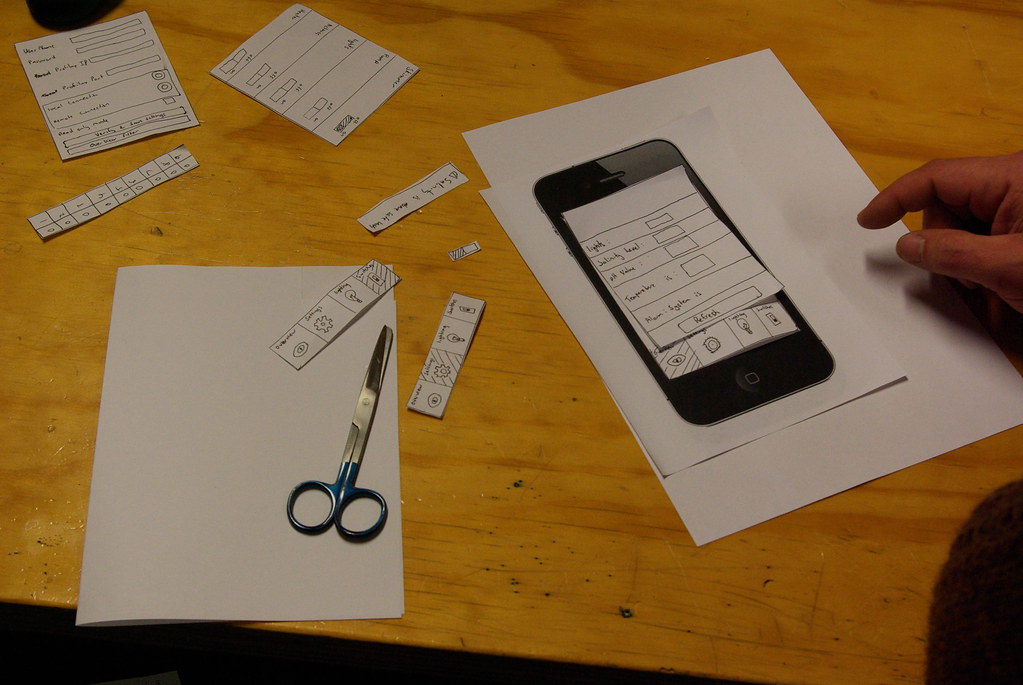Functional Testing Unraveled: Unleashing the Secrets to Software Perfection
In a world dominated by technology, where software seamlessly blends into the tapestry of our daily lives, one question constantly hovers over the realm of development: How can we ensure that programs not only look good, but also function flawlessly? Behold, the captivating domain of functional testing emerges from the shadows, ready to reveal its essence and unleash the secrets to software perfection.
With every click, swipe, and tap, our fingers dance upon the surface of technology, requesting actions and expecting swift responses. Yet, behind this apparent simplicity lies a labyrinth of intricate processes and codes, silently orchestrating the harmonious symphony of software functionality. This is where functional testing takes center stage, transforming complex programming jargon into a language of clarity and assurance.
But what is functional testing, you may wonder? In its essence, it is the art of dissecting software functionality to validate if it adheres to predefined specifications and requirements. It delves deep into the core of a program, examining its every nook and cranny to ensure that it dances to the tune of perfection. Yet, this domain holds numerous key concepts and types that work harmoniously to create equilibrium between creativity and performance.
Join us on this enlightening journey as we venture into the heart of functional testing. From defining its very essence to unraveling the core concepts that envelop it, we will traverse the intricacies that lie beneath the surface of this invaluable technique. Together, we will explore the various types of functional testing, each unveiling a distinct perspective on the quest for software excellence.
So embrace the realm of functional testing, where creativity melds with precision. Arm yourself with knowledge as we delve into the depths of this captivating domain, and unlock the secrets to software perfection that lie within its very core. Let’s embark on this innovative adventure, striving to create a digital universe where software is not only beautiful, but also flawlessly functional.

What is Functional Testing?
Functional testing is a crucial aspect of software development that ensures a system meets the requirements outlined during the design phase. It focuses on testing the individual functions and features of the software application to assess whether they operate as intended. Rather than examining the internal structure of the code, functional testing focuses on the behavior of the system from the end-user’s perspective.
In functional testing, a skilled tester evaluates the software by inputting different data sets and verifying if the expected output matches the actual result. This testing methodology aims to identify defects, bugs, and errors that could impact the performance or usability of the software. Through the use of various techniques like black-box testing, smoke testing, and regression testing, functional testing ensures that the software functions correctly, providing an exceptional user experience.

Key Concepts of Functional Testing
Functional testing is a crucial aspect of software development that ensures the application performs as expected. It involves testing each function and feature of the software to determine if it meets the specified requirements. To master functional testing, understanding these key concepts is essential:
- User Scenarios: Functional testing involves analyzing and creating user scenarios that mimic real-world usage patterns. By simulating various user actions and inputs, it helps identify any flaws or bugs in the system.
- Boundary Testing: This concept focuses on assessing the software’s behavior at its boundaries, such as the maximum and minimum values allowed. By testing these limits, functional testers ensure that errors or unexpected outcomes are prevented.
- Regression Testing: Functional testing includes performing regression tests to verify that modifications or updates to the software haven’t unintentionally impacted existing features. This ensures the system remains functional after any changes are made.
- Integration Testing: Another critical element is integrating different modules or components of the software and testing their interactions. By evaluating how these parts work together, functional testers ensure the seamless functionality of the entire application.
Remember, functional testing is not just about confirming that the software works; it’s about ensuring it performs flawlessly and meets the users’ needs. By familiarizing yourself with these key concepts, you’ll be better equipped to uncover bugs, enhance user experience, and deliver top-notch software solutions.

Types of Functional Testing
In the world of software development, functional testing plays a crucial role in ensuring that the software meets the intended functional requirements. Let’s delve into some of the different :
- Unit Testing: This type of testing focuses on testing individual components of the software, such as functions or methods, to ensure they function correctly in isolation.
- Integration Testing: Here, the goal is to test the interaction between different components of the software and ensure they work harmoniously together. It ensures that the integrated system functions as expected.
- Regression Testing: As software evolves, new features or changes may introduce unintended side effects. Regression testing helps ensure that these modifications do not impact the existing functionality of the software.
- User Acceptance Testing (UAT): This testing phase evaluates the software’s compliance with user requirements and determines whether it meets the needs of its intended users.
- Performance Testing: It involves testing the system’s performance under various conditions, such as stress testing to determine its robustness and load testing to assess its scalability.
These are just a few examples of the wide array of functional testing types available. Each type serves a specific purpose and complements other testing approaches to ensure that the software functions reliably, meets user expectations, and delivers exceptional performance.

Insights and Recommendations for Effective Functional Testing
When it comes to functional testing, there are a few key insights and recommendations that can significantly enhance the efficiency and effectiveness of your testing process. By following these guidelines, you can ensure that your software performs flawlessly and meets customer expectations.
- Understand the Requirements: Before diving into functional testing, it is crucial to thoroughly understand the functionality being tested. This includes identifying the desired outcomes, user workflows, and any specific business rules or constraints. Clear communication with stakeholders and developers is essential to ensure everyone has a shared understanding of what needs to be tested.
- Design Effective Test Cases: Creating comprehensive and well-structured test cases is another essential aspect of functional testing. Test cases should cover a variety of scenarios to account for different inputs, edge cases, and potential errors. Prioritize testing the most critical and high-risk features first to ensure any significant issues are identified early on.
- Implement Test Automation: To increase the efficiency and speed of functional testing, consider implementing test automation. Automating repetitive and time-consuming test cases can free up valuable resources and reduce the risk of human error. Continuously update and maintain your automated test scripts to keep up with any changes in the software.
Remember, functional testing is not a one-time event but an ongoing process throughout the development lifecycle. Regularly evaluate your testing approach, refine your test cases, and embrace new techniques or tools to stay ahead in the ever-evolving world of software testing. By employing these insights and following these recommendations, you will be well-equipped to deliver high-quality software that delights your users.
In the magical realms of software development, functional testing stands as an unwavering guardian, ensuring that every line of code dances seamlessly together. As we journeyed through the kingdom of testing, we uncovered the true essence of functional testing, unraveling its enigmatic definition, delving into its key concepts, and exploring its myriad types. But now, dear readers, our expedition must reach its conclusion.
As we bid farewell to this captivating chapter, let us remember the essence of functional testing. It is a meticulous craft that scrutinizes software with unwavering precision, seeking to uncover flaws lurking beneath the surface. Armed with an arsenal of tools and techniques, functional testing ensures that every function, every feature, and every interaction perform harmoniously, as we envisioned them to be.
Along our odyssey, we encountered the key concepts that define functional testing. We unraveled the beauty of requirements-based testing, meticulously aligning software with the desired outcome. We uncovered the power of boundary value analysis, ever vigilant in exposing the hidden vulnerabilities residing within. We witnessed the elegance of equivalence partitioning, dividing the vast universe of possibilities into manageable realms of validation. And we marveled at the potency of test-driven development, fostering a symbiotic relationship between functionality and quality.
But let us not forget the cast of characters that graced our expedition. From black-box testing, stealthily examining the outer layers of the software, to white-box testing, diving courageously into the depths of its inner workings, each type of functional testing left an indelible mark. The performers on this grand stage, including unit testing, integration testing, system testing, and acceptance testing, showcased the spectrum of their prowess, ensuring that no stone was left unturned.
As the curtains gently fall on our adventure, we must reflect on the wisdom we have gained. Functional testing, with its definition, key concepts, and diverse types, has proven to be an indispensable ally in the quest for flawless software. It is a testament to the dedication and brilliance of all those who traverse the testing landscape, ensuring that the software we rely on performs its magical dance flawlessly.
And so, dear readers, as we bid adieu to this enchanting exploration, let us carry forth our newfound knowledge and appreciation for the world of functional testing. In this ever-evolving realm of software development, may we always remember the importance of testing, and the vital role it plays in crafting a digital landscape where dreams translate seamlessly into reality.
Functional testing is an important part of software testing, where software and its components that are related to functionality are tested. It involves testing the specific outcomes of an application or system, and verifying its expected functions correctly. In this way, it checks to see that everything is in its correct place, and works the way it was designed to.
Definition
Functional testing is an approach to software testing that verifies the behaviours of the application. It tests the functionality of the software by giving it a variety of inputs and then checking to make sure the output meets the system requirements. The main goal of functional testing is to ensure that the application provides the expected results, and that it meets the desired specifications.
Key Concepts
Functional testing is based on established requirements that are agreed upon before the testing process begins. Every user story should have corresponding tests written so that the testers know what to look for. This helps to define what is considered an acceptable outcome and what is unacceptable. Additionally, it is important to isolate the tested parts from any external influences, such as system dependencies or other components, which can lead to unpredictable results.
Types of Functional Testing
There are many types of functional testing, with new variations appearing as technology advances. Some of the most common types of functional testing include unit, component, system, integration, user acceptance, end-to-end, acceptance, and smoke testing.
Unit testing is a type of functional testing that checks the individual modules and units within the application to make sure each piece is functioning properly. Component testing verifies groups of modules within the application and ensures that they interact correctly with each other. System testing tests the entire system to make sure all components link with each other.
Integration testing tests the connection between the application and any other system it interacts with, or any external sources, such as databases or external APIs. User acceptance testing is the process of validating user stories and is typically done with input from the end user themselves. End-to-end testing tests the entire system with as many possible real-world user scenarios as possible.
Acceptance testing tests the application as a whole and explains whether the solution is suitable for production use. Smoke testing is a more basic type of testing that checks the application’s critical functionalities and ensures they are functioning properly.
Conclusion
Functional testing is an important part of software testing that verifies application behaviour and functionality by testing how the system responds to a variety of inputs. This type of testing requires a clear understanding of the requirements that must be met in order to ensure a successful outcome. There are many types of functional testing that can be conducted to provide comprehensive coverage and ensure quality results.






Excellent post. Very informative. #usefultestinginfo #softwaretesting
user7292: One of the best pieces of information on the topic I’ve seen!
#Mustread for software QA testers!